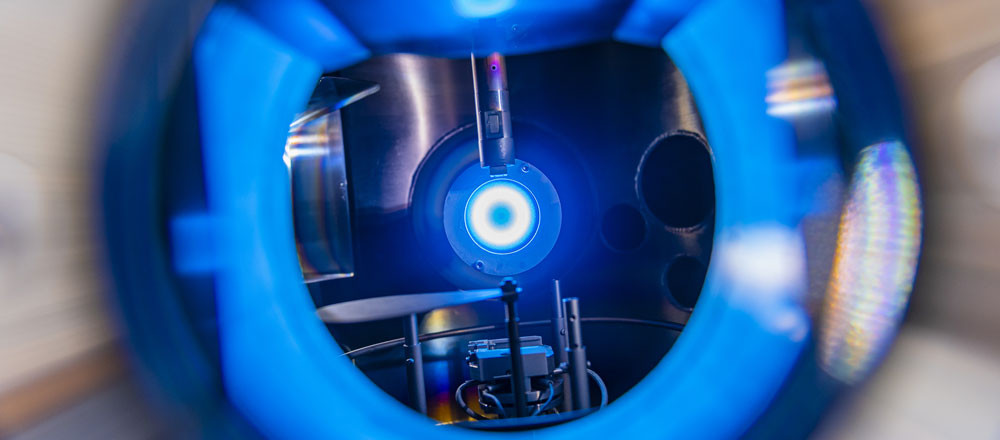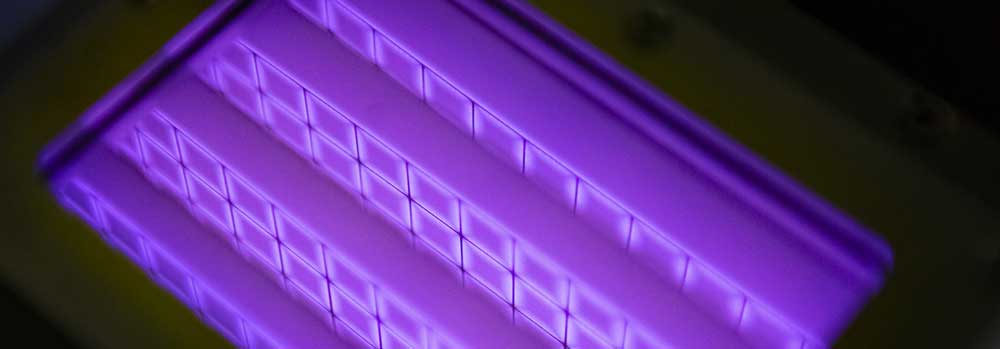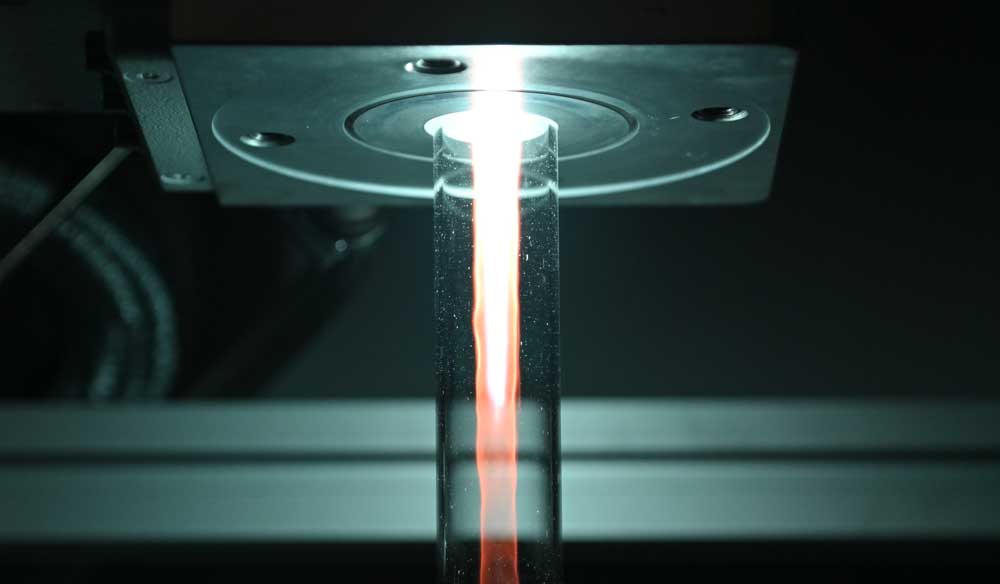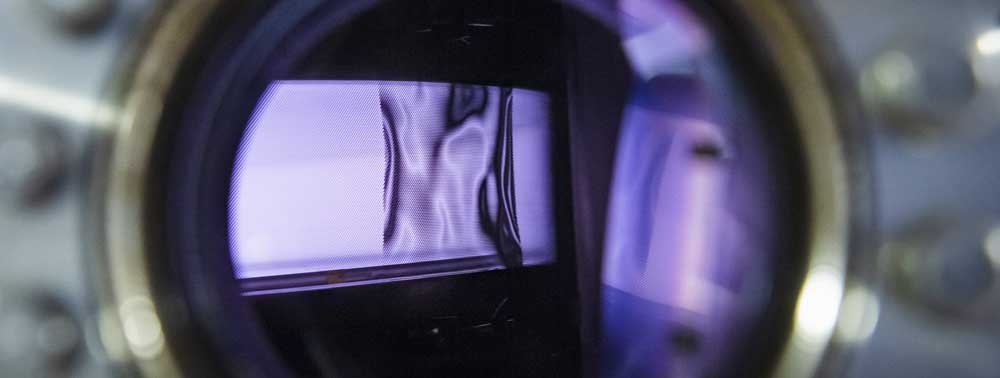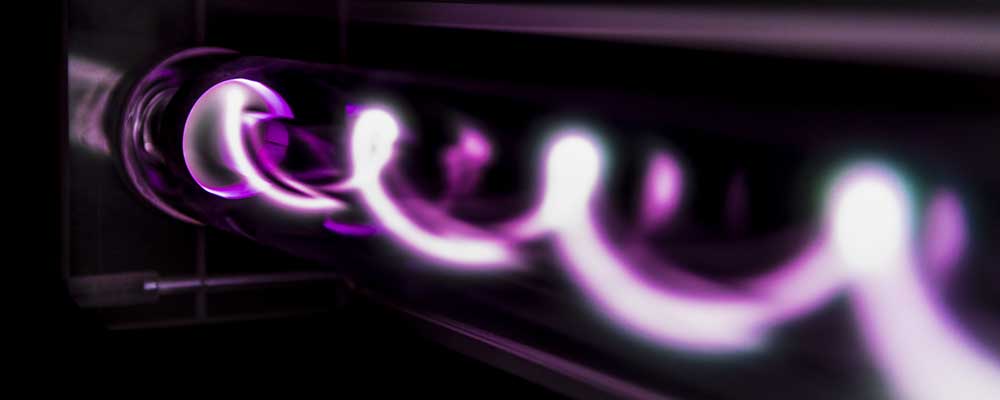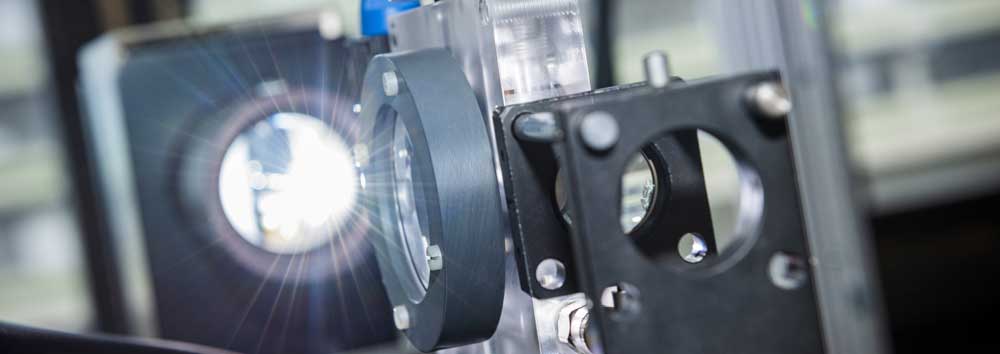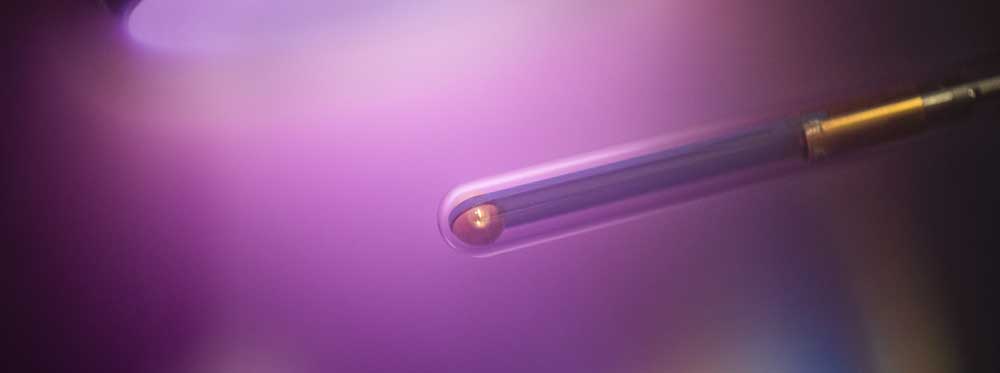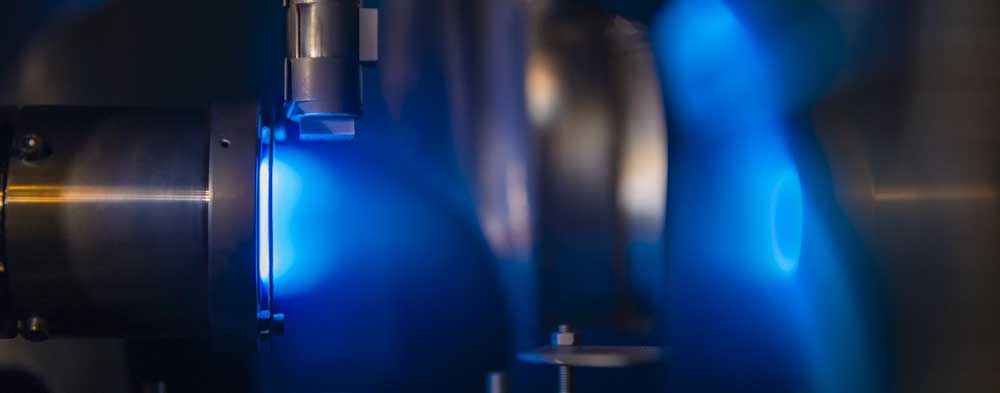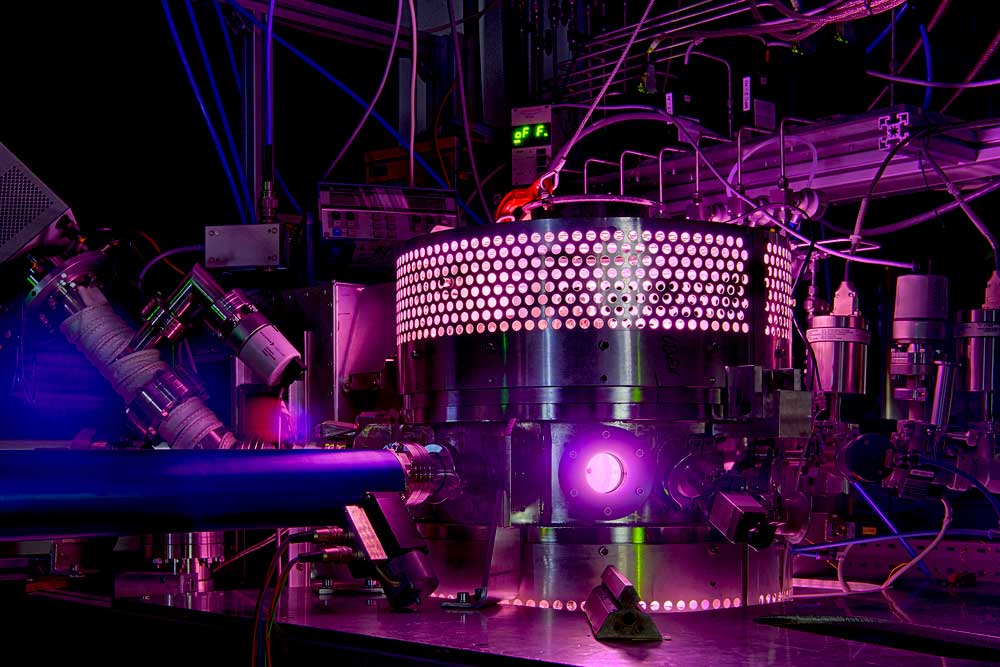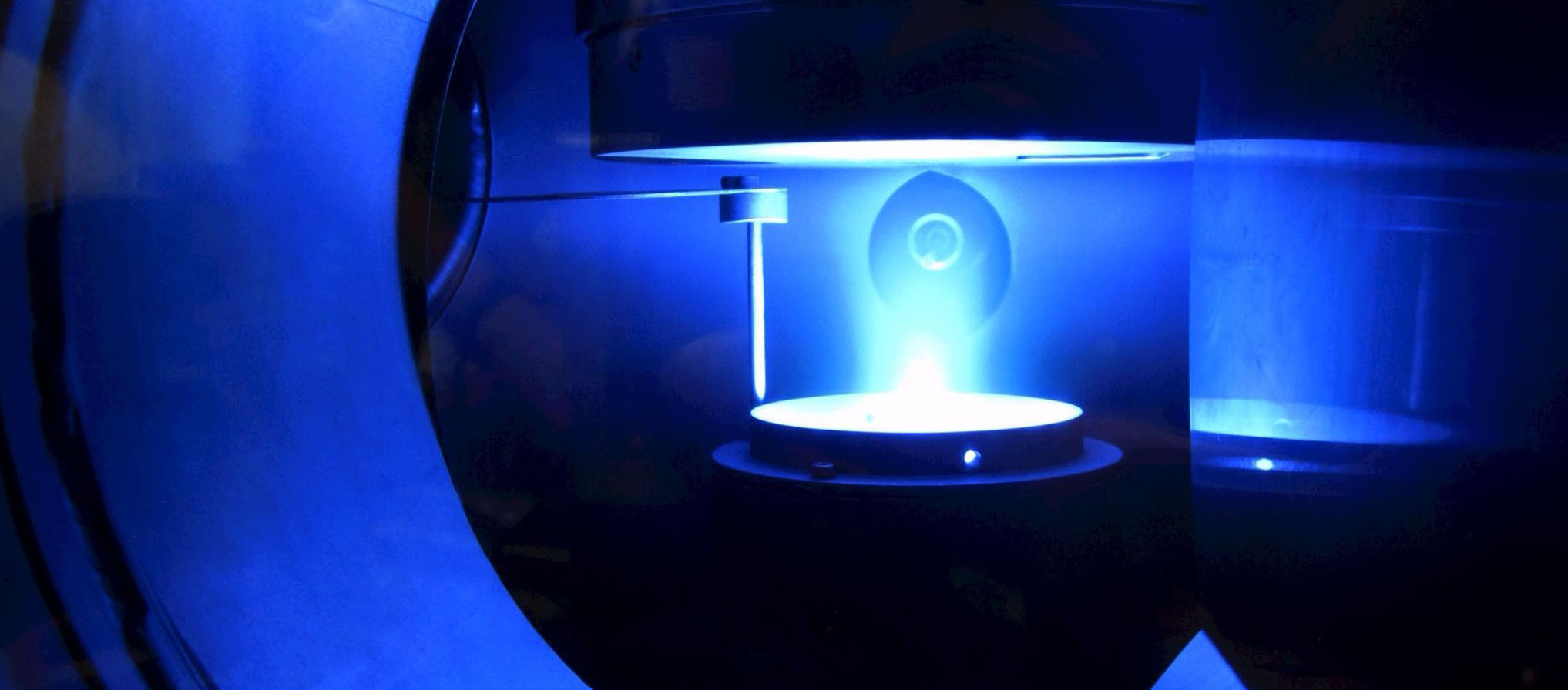Awards
Heraeus Dissertation Award of the Faculty of Physics and Astronomy at RUB for Dr. Katharina Grosse (project B7)
The generation of plasmas in liquids is important for applications such as electrolysis, water purification or medicine, but also opens up a number of very fundamental questions. These plasmas are generated by short voltage pulses in the range of many kilovolts and a few nanoseconds in duration applied to a tungsten tip submerged in water. There is a lively debate around understanding the ignition of these plasmas, as electron multiplication during plasma ignition is postulated to occur either within small nanovoids, small fractures in the water, or as an electron avalanche in the water itself. In both cases, field emission at interfaces or field ionization of water molecules plays a crucial role. Dr. Grosse studied the whole dynamics of these plasmas from ignition to afterglow using time-resolved emission spectroscopy and compared it with modeling of emission and fluid dynamics. It showed that the broad continuum is produced by blackbody radiation, with a temperature of 7000 K, exactly equal to that of boiling tungsten. Electron densities of several 1025 m-3 can be derived from the strong broadening of the Balmer lines of the hydrogen atoms. Furthermore, a strong self-absorption of light from the region of the plasma channel is observed while light from the running ionization front shows no self-absorption. From this it can be deduced that the plasma runs directly through water and is not formed within nanovoids. Thus, field emission and field ionization dominate. After this first plasma pulse, the high power density leads to the phase transition from water to water vapor and bubble formation within the first microsecond. The high pressure in the range of GPa causes an expansion of the cavitation bubble and the generation of a sound wave propagating in the liquid. This could be directly observed using shadowgraphs. In particular, the speed of sound reaches several 1000 meters per second, indicating the very high pressure at the beginning of the discharge. Based on this measurement, Dr. Grosse has very significantly extended the understanding of these plasmas.


